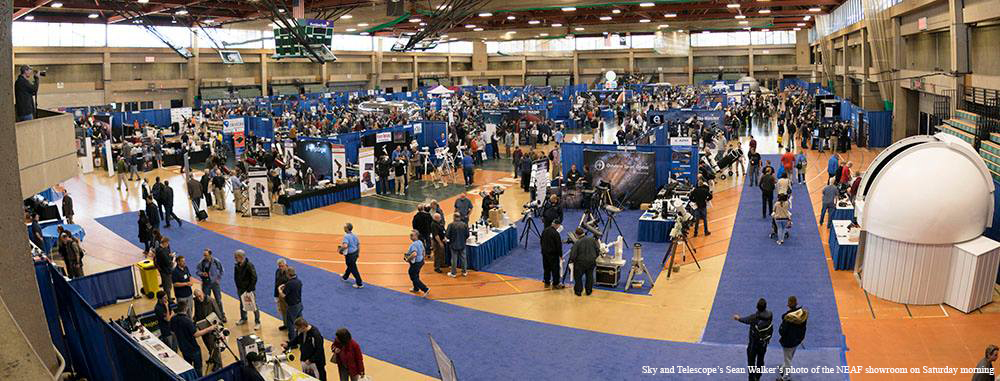The first official public night sky viewing event held at Grand Mesa Observatory took place on Saturday June 23rd. This was a rain date for the originally scheduled June 16th. event. The event is one of the Western Colorado Astronomy Club's monthly public events that are held at various locations from April through November, and in this case most of the volunteer astronomers for the evening were members of the club. Grand Mesa Observatory was the host for this month's event and some newly created signs placed along the roads leading up to the observatory helped direct visitors to the event.
There was a huge turnout too, with cars filling the parking lots and lining the road. People were especially excited for tours of the observatory itself, and observatory director Terry gave 3 tours for about 45 people, and two more tours later on for about 12 people. In addition to the observatory itself, our 50ft X 50ft concrete observing pad was full of people viewing the moon, planets and even some other deep sky wonders through the 10+ telescopes of different types that were set up. The red lights around (and on) the observing pad allowed guests to safely navigate between scopes, and the new red lights along the pathways allowed guests to safely travel back and forth from the observatory.
The crowds also enjoyed beverages and snacks that were provided by GMO, and GMO staff have already begun brainstorming ways to make our next collaborative event even better! Sincere thanks to the volunteer astronomers from the Western Colorado Astronomy Club, as well as the GMO volunteers who helped serve refreshments, place the road signs, and guide traffic into parking areas.
Two more public viewing events are planned at GMO, one on Friday August 10th., and another on Friday November 9th. Hope to see you there!

















